Regular pool maintenance plays a pivotal role in upholding the cleanliness, safety, and efficiency of your swimming pool. Neglecting essential maintenance tasks can lead to water quality issues, equipment malfunctions, and costly repairs. In this blog, we underscore the significance of pool maintenance for a pristine swimming experience and delve into the essential components of pool pumps, highlighting the critical role of the pool pump gasket in preventing leaks and sustaining optimal functionality.
What Are Pool Pump Gaskets?
A pool pump gasket is a crucial component of a swimming pool's circulation system, specifically in the context of the pool pump. It serves as a sealing element that is positioned between various components of the pump to prevent water from leaking out and to ensure that the pump operates efficiently.
Functions of a pool pump gasket
The pool pump gasket is designed to create a tight seal between the different parts of the pump, such as the pump lid, strainer basket, and housing. Its primary function is to prevent water from escaping the system at the points where different components join together. By maintaining a watertight seal, the gasket helps the pump to effectively pull water from the pool, through the filtration system, and back into the pool, contributing to the proper circulation and filtration of the water.
Swimming Pool Pump Gasket Vs. Pool Pump Motor Gasket
The swimming pool pump gasket primarily focuses on sealing the pump components to prevent water leaks, whereas the pool pump motor gasket is designed to provide a watertight seal around the motor to protect it from water and moisture. The motor gasket is specifically tailored to fit the motor housing and prevent water ingress, ensuring the motor's integrity and functionality. Both gaskets serve distinct purposes within the pool pump system.
Importance of the Gasket for Pool Pump Lid
Gasket for pool pump lid is particularly crucial in sealing the system and preventing leaks. The pump lid gasket ensures that the pump's lid forms a tight seal, effectively enclosing the pump and preventing water from escaping. This is important not only for the efficient operation of the pump but also to maintain the water level in the pump and prevent potential water damage in the surrounding area.
Different types of gaskets used in pool pumps
In pool pumps, various types of gaskets are used to ensure proper sealing and prevent leaks. Some of the commonly used gaskets include:
O-rings: O-rings are a ubiquitous type of gasket used in pool pumps. They are typically made of rubber or similar materials and are shaped like a torus. O-rings are used to create a watertight seal between two mating parts, such as pump housing components, filter lids, and fittings.
Lid gaskets: Lid gaskets, also known as pump lid or strainer lid gaskets, are specifically designed to seal the pump lid or strainer lid to the pump housing. These gaskets are essential for maintaining a tight seal and preventing air leaks or water seepage at the pump's access points.
Motor gaskets: Motor gaskets are used to seal the interface between the motor and the pump housing. They help prevent water from entering the motor compartment and ensure that the motor operates in a dry and secure environment. Motor gaskets are crucial for maintaining the integrity of the pump assembly.
Symptoms of a Pool Pump Gasket Replacement
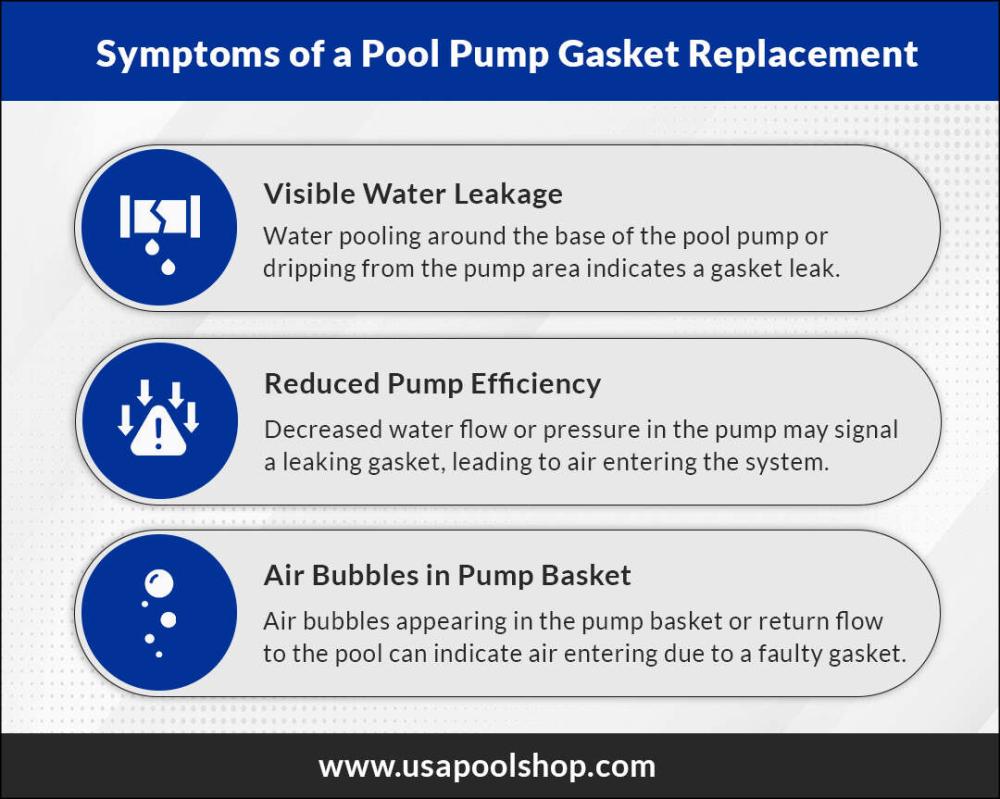
How to Fix a Leaking Pool Pump
To fix a leaking pool pump, follow these steps:
Turn off the pump: Before starting any repairs, turn off the pool pump to ensure safety and prevent further water leakage.
Identify the leak source: Inspect the pool pump and identify the location of the leak. Common areas where leaks occur include the pump housing, seals, and O-rings.
Check the o-ring and seals: Carefully examine the O-ring and other seals for signs of wear, damage, or misalignment. These components may degrade over time, leading to leaks.
Replace or repair o-ring and seals: If the O-ring or seals are damaged, consider replacing them with suitable replacements. Ensure that the new components are sized correctly and compatible with your pool pump model.
Use pool pump gasket sealer for minor repairs: For minor leaks or temporary fixes, consider using a pool pump gasket sealer. Choose a high-quality, water-resistant sealer designed for pool pump applications. Apply the sealer according to the manufacturer's instructions, and allow it to cure properly.
Reassemble and Test: Once the O-ring, seals, or sealer are in place, reassemble the pool pump components carefully, ensuring a proper fit. Turn the pump back on and monitor for any signs of leakage. If the leak persists, reconsider the repair or seek professional assistance.
How to Replace Gasket on Pool Pump
Turn off the pool pump and ensure that the power supply is disconnected to prevent any accidents during the replacement process.
Removing the old gasket
Using a Phillips screwdriver or a suitable socket, carefully loosen and remove the screws or bolts securing the pump lid in place.
Lift the pump lid and remove the old gasket, taking care to collect any residual fragments and clean the area with a rag or towel.
Cleaning the area
Thoroughly clean the gasket seating area on the pump housing to ensure there are no remnants of the old gasket or debris. Use a cleaning solution if necessary to achieve a clean and smooth surface.
Installing the new gasket
Place the new pool pump gasket onto the cleaned seating area, ensuring it is positioned correctly and sits flat without any kinks or twists.
Reassembly
Carefully reposition the pump lid over the new gasket, aligning it correctly with the pump housing.
Secure the pump lid in place by tightening the screws or bolts evenly to create a proper seal without over-tightening.
Best practices for ensuring proper seal and avoiding leaks
Apply a small amount of silicone or pool-specific lubricant to the gasket before installing the pump lid to facilitate a snug and secure seal.
Optionally, for added assurance, a thin bead of water-resistant silicone sealant can be applied around the gasket seating area before placing the new gasket.
Pool Pump Maintenance Tips
Maintenance Tip | Description |
Regular pool pump maintenance | Perform routine maintenance, including cleaning the pump strainer basket and removing debris to reduce strain on gaskets. |
Inspection of pool pump replacement parts | Regularly inspect gaskets and o-rings for signs of wear or damage. Replace any deteriorating parts to prevent leaks. |
Cleaning the system | Keep the pump and surrounding area clean to prevent debris and dirt from affecting gaskets and o-rings. |
Proper maintenance for gasket longevity | Maintain gaskets and o-rings through regular cleaning, lubrication, and inspection, following manufacturer guidelines. |
Timely replacement of worn parts | Replace worn gaskets and o-rings promptly to avoid leaks and potential damage, preventing costly repairs. |
Find the perfect pool pump parts, from precision seals to powerful impellers
By understanding the significance of pool pump gaskets and their pivotal role in maintaining a watertight seal within the pool pump system, pool owners can effectively prioritize proper maintenance practices. Regular inspection, cleaning, and proactive replacement of worn-out gaskets are essential steps in preventing leaks and ensuring the efficient operation of the pool pump. With this, pool owners can safeguard their investment, promote a clean and safe swimming environment, and enable uninterrupted enjoyment of their pool for years to come. USA Pool Shop offers essential replacement parts, including valves, o-rings, pressure gauges, and plumbing fittings. Find the products you need for easy pool maintenance
FAQs
How do pool pump gaskets help maintain water pressure?
Gaskets ensure a secure connection between parts, which is crucial for maintaining consistent water pressure in the pool system.
Why are pool pump gaskets important for preventing leaks?
Pool pump gaskets create a watertight seal between components, preventing water leaks that can lead to pump damage and water loss.
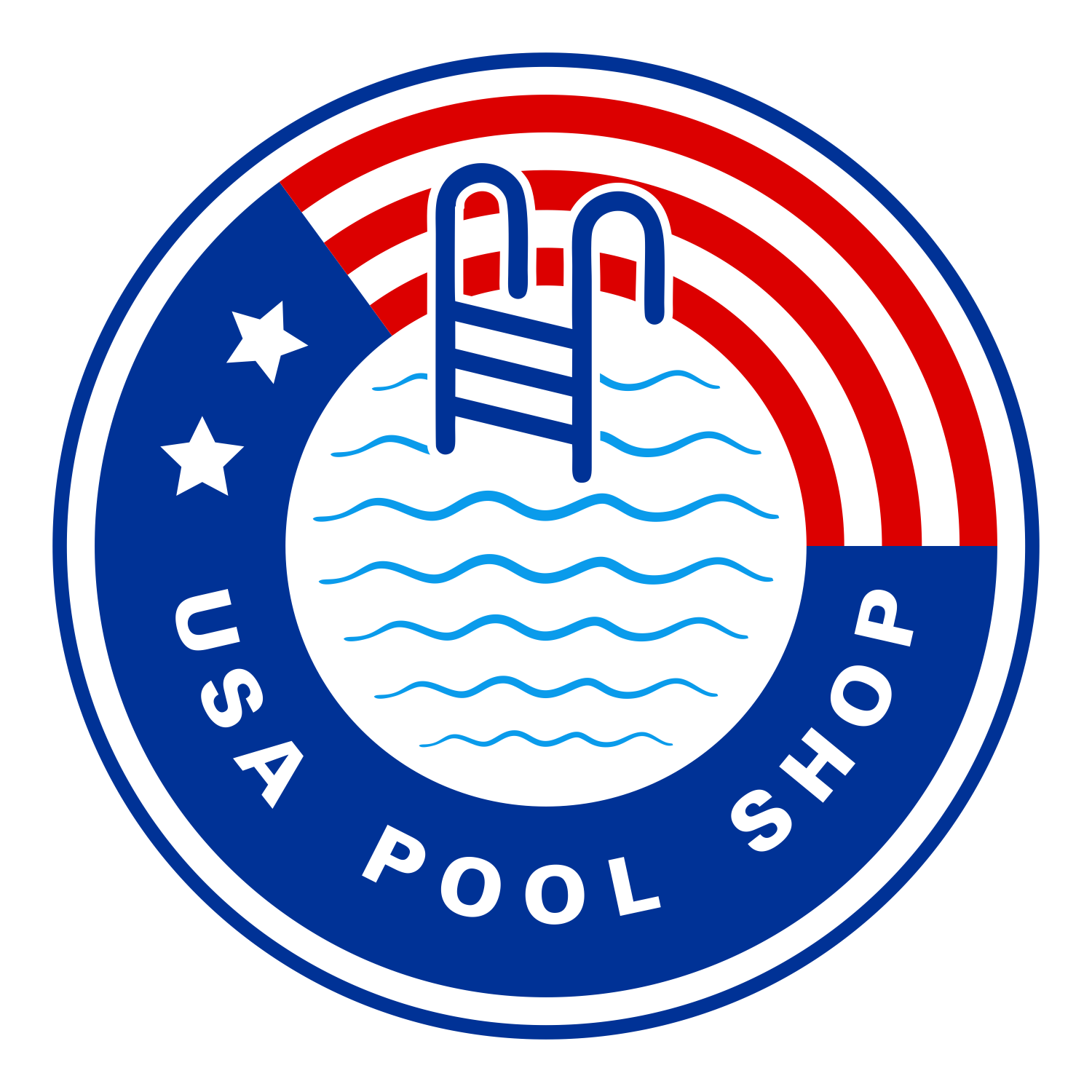
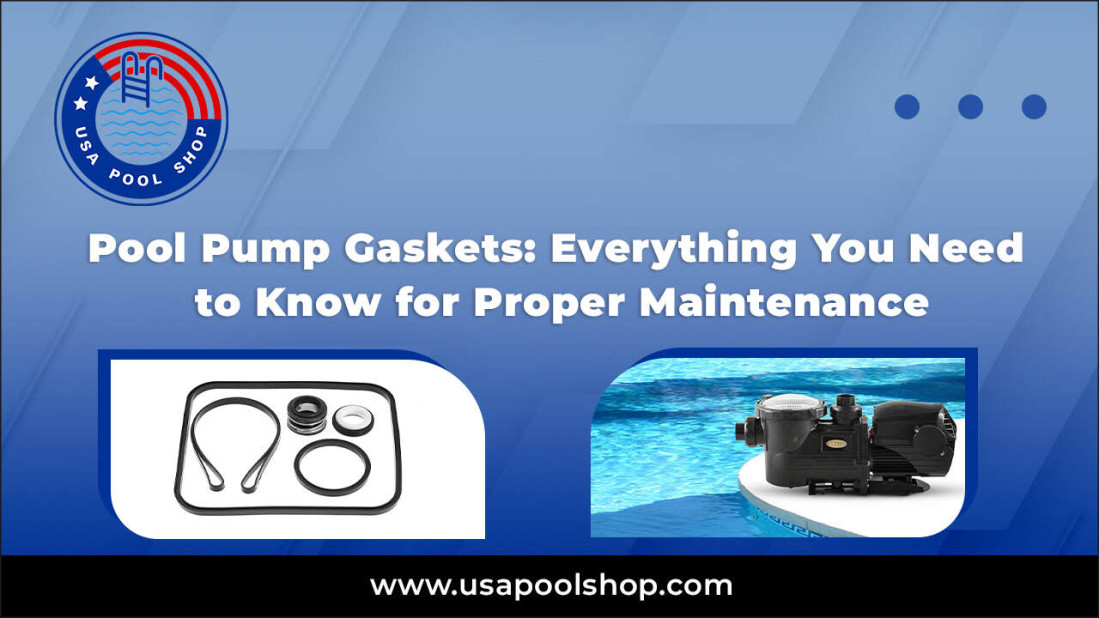
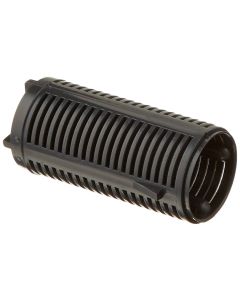
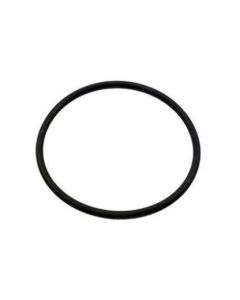
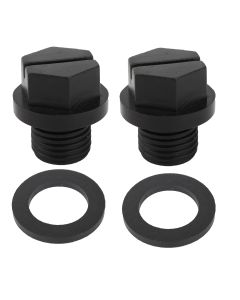
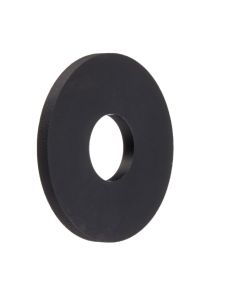
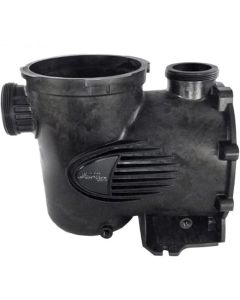


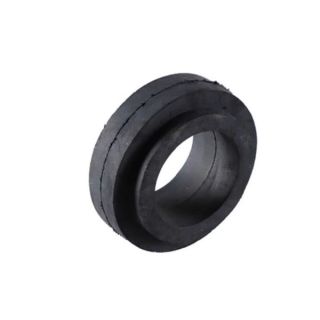
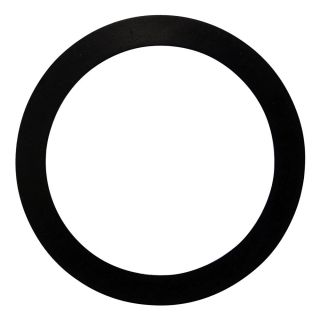
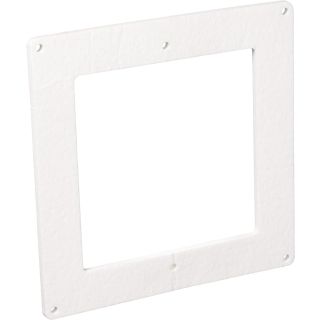
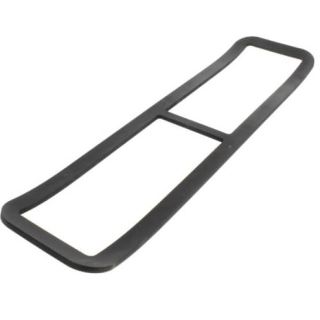

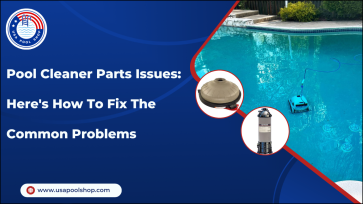
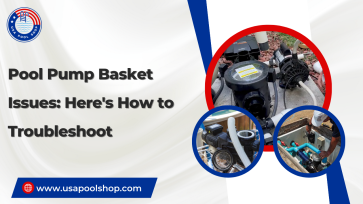
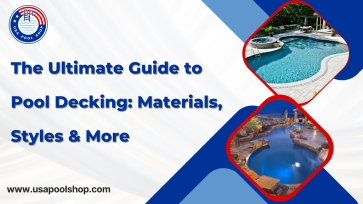
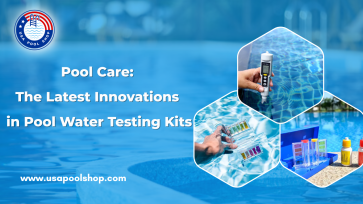
Validate your login